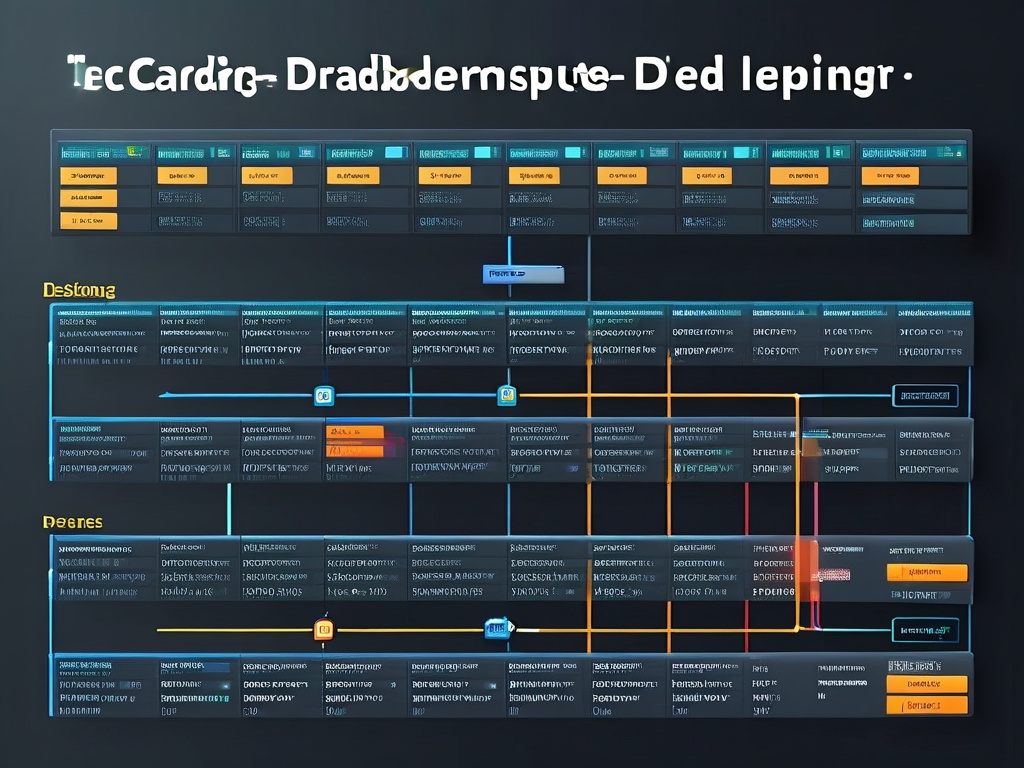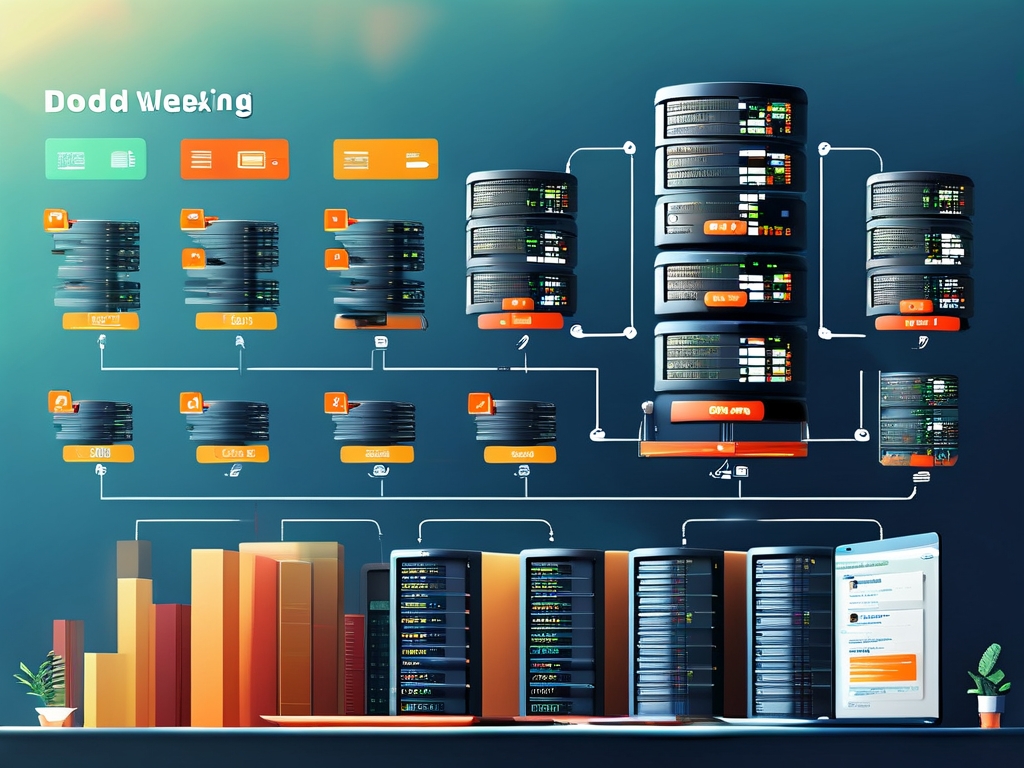The evolution of low-code platforms has revolutionized how organizations approach database development. By reducing manual coding requirements, these tools empower both technical and non-technical teams to build robust data solutions efficiently. This article explores the streamlined workflow of low-code database development while providing actionable insights for implementation.

Phase 1: Requirements Mapping
Every successful database project begins with precise requirement analysis. Low-code platforms enhance this phase through visual interfaces that help stakeholders collaboratively define data structures. For instance, a retail company might use drag-and-drop tools to map product inventory fields like SKU, pricing tiers, and supplier relationships. Unlike traditional methods, this process often incorporates real-time validation to flag conflicts early.
Phase 2: Schema Configuration
Modern low-code systems use declarative programming to simplify schema design. Developers can implement relationships through configuration rather than complex SQL scripts. Consider this YAML snippet defining a customer table:
Customer:
fields:
- name: customer_id
type: uuid
primary_key: true
- name: registration_date
type: timestamp
default: CURRENT_TIMESTAMP
This approach maintains database normalization principles while abstracting syntax details. Many platforms automatically generate ER diagrams, enabling teams to visualize table connections before deployment.
Phase 3: Business Logic Implementation
Low-code environments excel at integrating business rules through visual workflows. A banking application might implement loan approval thresholds using decision trees rather than handwritten code. These systems typically offer:
- Prebuilt connectors for common operations (data validation, API calls)
- Version control for rule modifications
- Audit trails for compliance tracking
Phase 4: Cross-System Integration
Modern databases rarely operate in isolation. Low-code tools provide template-driven integration with external services through REST APIs or Webhooks. A logistics platform could automatically sync shipment data between a low-code database and legacy ERP system using preconfigured adapters, significantly reducing middleware development time.
Phase 5: Iterative Testing
The testing phase in low-code development emphasizes continuous validation. Platform-native debuggers allow real-time inspection of data flows, while automated test cases can be created through record-and-playback functionality. For example, QA teams might simulate bulk order submissions to verify inventory deduction logic without manual scripting.
Phase 6: Deployment Strategies
Low-code platforms support flexible deployment models:
- Cloud-native hosting with auto-scaling
- Hybrid configurations for sensitive data
- Containerized exports for on-premise installation
A healthcare provider might deploy patient records to a private cloud while maintaining analytics databases in public cloud infrastructure, all managed through unified dashboards.
Phase 7: Monitoring and Optimization
Post-deployment monitoring tools track performance metrics like query latency and connection pools. Machine learning features in advanced platforms can suggest index optimizations or caching strategies. Consider this SQL-like pseudocode generated by an optimization engine:
-- Suggested index for orders table
CREATE OPTIONAL INDEX idx_order_status
ON Orders (status)
WHERE status IN ('Pending', 'Processing');
Challenges and Solutions
While low-code accelerates development, teams must guard against "shadow IT" scenarios. Implementing governance frameworks with role-based access controls ensures maintainability. Regular schema reviews and documentation practices prevent technical debt accumulation.
The future of low-code database development points toward AI-assisted schema generation and natural language processing for requirement gathering. As platforms mature, they're becoming indispensable for organizations balancing agility with complex data needs.
By adopting low-code database strategies, enterprises can reduce development cycles by 40-60% while maintaining enterprise-grade security and scalability. The key lies in selecting platforms that offer both simplicity for citizen developers and advanced customization for IT professionals.





